The Future We Need and How to Get It
Ch. 27 Santa Cruz Community TV Seven Part Series, hosted by Dr. Nancy Glock-Grueneich nglock@post.harvard.edu
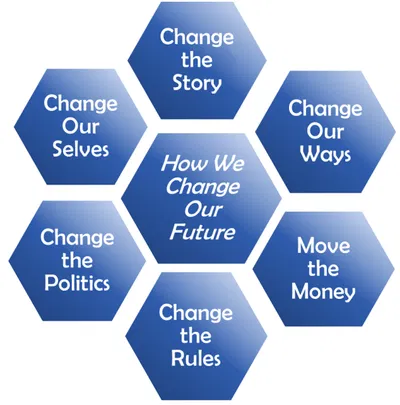
In 2018, we put out the seven episode TV Series, The Future We Need and How to Get It, on Ch. 27 for Santa Cruz Community Television. It named the five disabling doubts that can so often lie deep underneath our efforts to make a difference in the world–or even keep us from such efforts:
- The problems we face are simply to big and complex for us to solve
- Even when where there are solutions that might work on the scale needed, not enough people know about them, or care.
- And on the rare occasions when there’s really a lot of awareness and support for good ideas, the money it would take to actually put them to work just isn’t there.
- And if to somehow there is the money, we just don’t seem to have the political will, or the political power, to move the money in that direction.
- And, bottom-line, even when the money and the power and the solutions are all at least within reach, we humans still seem somehow just too messed up, and too darned perverse–often doing exactly the opposite of what is needed.
The seven episodes of the show took on those doubts, each one, with compelling success stories. These stories were chose to help turn these doubts into what might be seen as “design criteria”–i.e. the requirements for anything that is to even count as a solution to a given kind of problem has to address each of those five doubts, where they apply. The TV show turned out to meet a real need for a lot of people, it seems, and is still, in 2023, often replayed by request. This website is in part a much fuller development of the ideas that made that show work.
Solutions
Ch. 27 Santa Cruz Community TV Seven Part Series, hosted by Dr. Nancy Glock-Grueneich nglock@post.harvard.edu

Show 1 Change the Story--Change the Future
December 2017 Solutions to our most urgent problems are emerging world-wide. Five disabling assumptions keep us from even seeking, let alone acting on, these solutions. Starting with reversing climate change, we look at some of these solutions, and how we could change society enough to put them to work. Each show takes actionable strategies and tools from the most promising of these citizen successes worldwide, including: Planetary Restoration ▪ Centering ▪ Social Healing ▪ Regenerative Agriculture ▪ Renewables ▪ Land Reform
Show 2 Change Our Ways--Find Solutions and Take Them to Scale
![]() January 2018 Examples of six innovations to achieve rapid expansion of some of the key capacities people need if they are going to innovate–and if they are going to adapt rapidly to the benefits of innovation. Innovation is a catalyst that allows individual creativity to sometimes achieve the most far reaching of systems changes. To seek solutions we need to believe they may be possible. To use the solutions we find, to take action, we must get beyond the perverse security of pessimism and surrender. In investing in action rather than despair, we risk the ridicule of others, and sometimes the failure of even our best efforts, and the betrayal of our hopes. But we also experience the bracing truth that we are part of the solution, not the problem, are fully alive, and making the most of all the chances we still have for a livable future. Some of the ways we focus on here are to: Build Capacity ▪ Take Solutions to Scale ▪ Target Innovation at Points of High Leverage in Key Systems ▪ Combine Solutions for Systems Change
January 2018 Examples of six innovations to achieve rapid expansion of some of the key capacities people need if they are going to innovate–and if they are going to adapt rapidly to the benefits of innovation. Innovation is a catalyst that allows individual creativity to sometimes achieve the most far reaching of systems changes. To seek solutions we need to believe they may be possible. To use the solutions we find, to take action, we must get beyond the perverse security of pessimism and surrender. In investing in action rather than despair, we risk the ridicule of others, and sometimes the failure of even our best efforts, and the betrayal of our hopes. But we also experience the bracing truth that we are part of the solution, not the problem, are fully alive, and making the most of all the chances we still have for a livable future. Some of the ways we focus on here are to: Build Capacity ▪ Take Solutions to Scale ▪ Target Innovation at Points of High Leverage in Key Systems ▪ Combine Solutions for Systems Change
Show 3 Move the Money--Put It Where It Counts
![]()
February 2018 “We haven’t the money or the means to take even the most critical of solutions to scale.” Or so we are always told. “Scarcity rules.” But if ever that was true, it no longer is. The resources we actually need exist in abundance—and so does the money. This month, we look at potent movements underway to reclaim our money and shift our resources towards social justice and back from species extinction. Among the compelling examples we highlight in this episode are: Viking Economics ▪ Divestment ▪ Public Banking ▪ Triple Bottom Line ▪ Conscious Capitalism ▪ Climate Risk Disclosure
Show 4 Change the Rules--Make All Sectors Part of the Solution
![]() March 2018 Whether technologies and economies help or hurt people and planet depends greatly on the rules—the enforceable agreements, laws, standards and other, that we make or accede to. Here we look at our power to make and change the rules that surround us and also at some specific rule changes that could turn the solutions we’re exploring in this series into the foundations of a viable future. If we have solidarity. If we come at it from all sides. And if we are ready for deep thinking, tough battles and the long haul. Among the many approaches to achieving deep change, often quite different in different sectors, the strategies we highlight in this episode include: Collective Impact; Inside/Outside Action; Updating Professional Standards; Redefining Fiduciary Duty § Corporate Laws & Requirements; and the admissions, curriculum graduation and research requirements in Higher Education.
March 2018 Whether technologies and economies help or hurt people and planet depends greatly on the rules—the enforceable agreements, laws, standards and other, that we make or accede to. Here we look at our power to make and change the rules that surround us and also at some specific rule changes that could turn the solutions we’re exploring in this series into the foundations of a viable future. If we have solidarity. If we come at it from all sides. And if we are ready for deep thinking, tough battles and the long haul. Among the many approaches to achieving deep change, often quite different in different sectors, the strategies we highlight in this episode include: Collective Impact; Inside/Outside Action; Updating Professional Standards; Redefining Fiduciary Duty § Corporate Laws & Requirements; and the admissions, curriculum graduation and research requirements in Higher Education.
Show 5 Change the Politics--Stop Fighting Each Other, Start Solving Our Real Problems
![]()
April 2018 To defeat the “divide and conquer” manipulation now tearing us apart, we’ve got to change who we listen to, how we talk to each other, and what we talk about. We are not each other’s enemy. Polls show Americans agree on 70-80% of what we need—and that our elected leaders aren’t delivering on any of it! Since corporate cronies pay all sides in an election, all doors stay open to them no matter who wins. If we jointly arrive at solutions most agree on, we can then elect those best able to help us realize them. A surprising array of proven approaches to achieving this often difficult goal are emerging and in wide-use around the world including the Gov Zero Movement in Taiwan (using Pol.is)and Citizen Assemblies (Using sortition and Dynamic Facilitation) Featured in this episode or background to it are: Cross-Party Advocacy ▪ NCDD ▪ FCG ▪ Community Power▪ Co-ops ▪ Unions ▪ Living Wage ▪ Guaranteed Incomes
Show 6 Change the Game--Shaping the Systems that Shape Us
![]() May 18 We try to “be the change”, to live now in ways more just and sustainable. But then, we hit a wall: we need jobs, kids have to be gotten to school, rents close to jobs are more than we can afford, bus service is almost non-existent, and good food’s beyond our budget. Big systems surround us, enable us, force us, impede us, even punish us. So, it is these systems we must change. We look at how different kinds of systems need different kinds of strategies, and how these differences complement each other. Below are the two video’s that we taped on this topic. If you page down, you will also come to the three video’s we used parts of in this month’s show: Transforming Democracy, What Is a System, and Taiwan’s g0v.tw revolution with Audrey Tang
May 18 We try to “be the change”, to live now in ways more just and sustainable. But then, we hit a wall: we need jobs, kids have to be gotten to school, rents close to jobs are more than we can afford, bus service is almost non-existent, and good food’s beyond our budget. Big systems surround us, enable us, force us, impede us, even punish us. So, it is these systems we must change. We look at how different kinds of systems need different kinds of strategies, and how these differences complement each other. Below are the two video’s that we taped on this topic. If you page down, you will also come to the three video’s we used parts of in this month’s show: Transforming Democracy, What Is a System, and Taiwan’s g0v.tw revolution with Audrey Tang
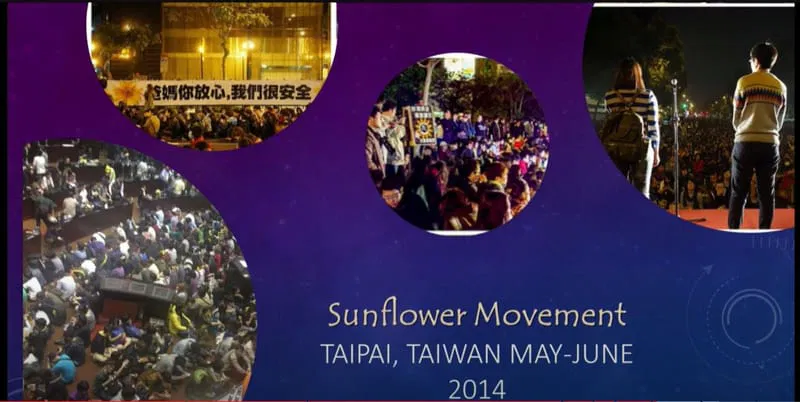
Show 7A What We Can Do--Strategic Citizen Action
June 2018 What we do—big or little, novel or routine—is radical if it pulls up the roots of what is wrong, and plants instead what will grow a future we can live with. Systems change should not seek to force new beliefs and behaviors, but rather to assure conditions that will elicit, enable and engage the best that those living in the future will be capable of. The massive changes that future will hold, costly as they will be, will also force upon us a major overhaul of society. The work we do now helps determine what will thus emerge. Examples the new ways of putting “Do-It-Ourselves” Democracy to work now spreading around the world and shown or referenced in this episode are: Participatory Budgeting; Citizen Science; Learning to Learn; 100 Resilient Cities; Curitiba; and Wise Democracy
Strategic Citizen Action--In Practice
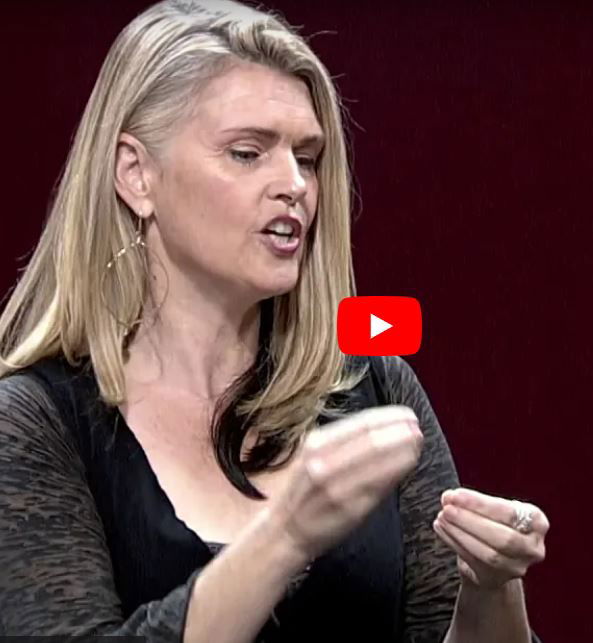
Move the Money
As so many viable solutions are emerging, world around, it’s easier to track them, fit them where needed, and develop the strategies best able to put them to work if they are grouped by sector, as we’ve done here. This grouping also suggests what a future we could all live with might look like and, realistically, how we might actually succeed in achieving such a future, as the pieces come together.
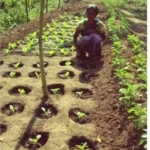
Restorative Agriculture
How we can meet the needs of all by healing not harming planet or people
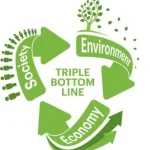
Regenerative Economics
What’s now driving the radicle* reinvention of capitalism & how do we keep it going in the right direction?
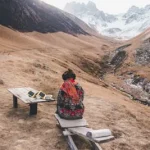
Transformative Technology
What tools & techniques–newly invented or reclaimed from our past–can meet our needs by healing not harming planet & people?
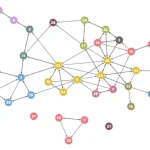
Do It Ourselves Democracy
How do we stop fighting each other and start solving our real problems?
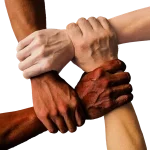
Reconnected Cultures
How heal our histories and connect with each other, within and between all sectors, divisions and levels of society, with ourselves, and with the lands, lakes, seas, planes and mountains of our planet?

Resilient Communities
How do we connect within and between our communities to handle whatever happens, save all we can and grow, not lessen, our humanity?
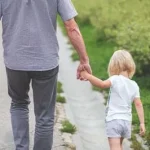
Empowered Education
By what learning experiences available to all do we elicit, enable and empower our higher purposes and learn what we must to secure a livable future?

Mutually Assured Security
How might we join our militaries to rescue all we still can in the decade of disasters we can no longer avoid?
Heal Nature
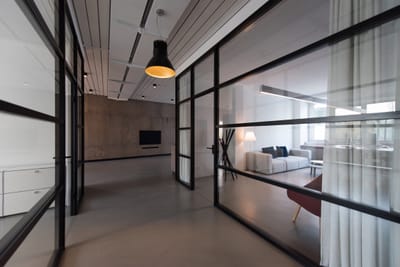 The About page is the core description of your website. Here is where you let clients know what your website is about.
The About page is the core description of your website. Here is where you let clients know what your website is about.
You can edit all of this text and replace it with what you want to write. For example, you can let them know how long you have been in business, what makes your company special, what are its core values and more.
Edit your About page from the Pages tab by clicking the edit button.
The About page is the core description of your website. Here is where you let clients know what your website is about.
You can edit all of this text and replace it with what you want to write. For example you can let them know how long you have been in business, what makes your company special, what are its core values and more. Edit your About page from the Pages tab by clicking the edit button.
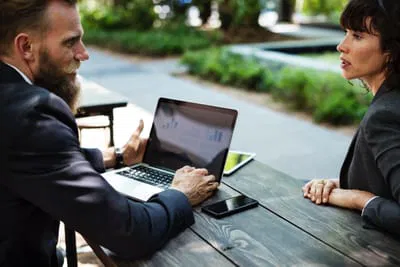
REWILDING
This page is used for listing the services offered by your company on your website.
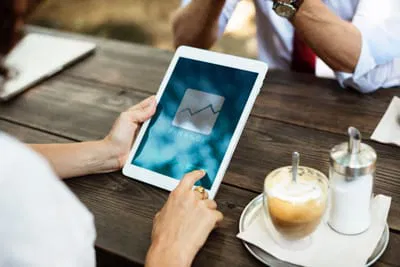
SOIL REGENERATION
You can add any service you want or edit the ones that are already listed.
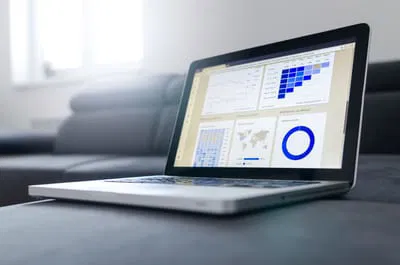
HABITAT RECOVERY
You can edit all of this text and replace it with what you want to write.
HELPING PLANTS MIGRATE
WATER PROTECTION
INDIGENOUS MANAGEMENT
LAND REFORM
ECO-FARMING
Save Lives
 The About page is the core description of your website. Here is where you let clients know what your website is about.
The About page is the core description of your website. Here is where you let clients know what your website is about.
You can edit all of this text and replace it with what you want to write. For example, you can let them know how long you have been in business, what makes your company special, what are its core values and more.
Edit your About page from the Pages tab by clicking the edit button.
The About page is the core description of your website. Here is where you let clients know what your website is about.
You can edit all of this text and replace it with what you want to write. For example you can let them know how long you have been in business, what makes your company special, what are its core values and more. Edit your About page from the Pages tab by clicking the edit button.
Maps, Guides & Tools
READINESS
RESCUE
RECOVERY

FLOODS
This page is used for listing the services offered by your company on your website.

FIRES
You can add any service you want or edit the ones that are already listed.

DROUGHT
You can edit all of this text and replace it with what you want to write.